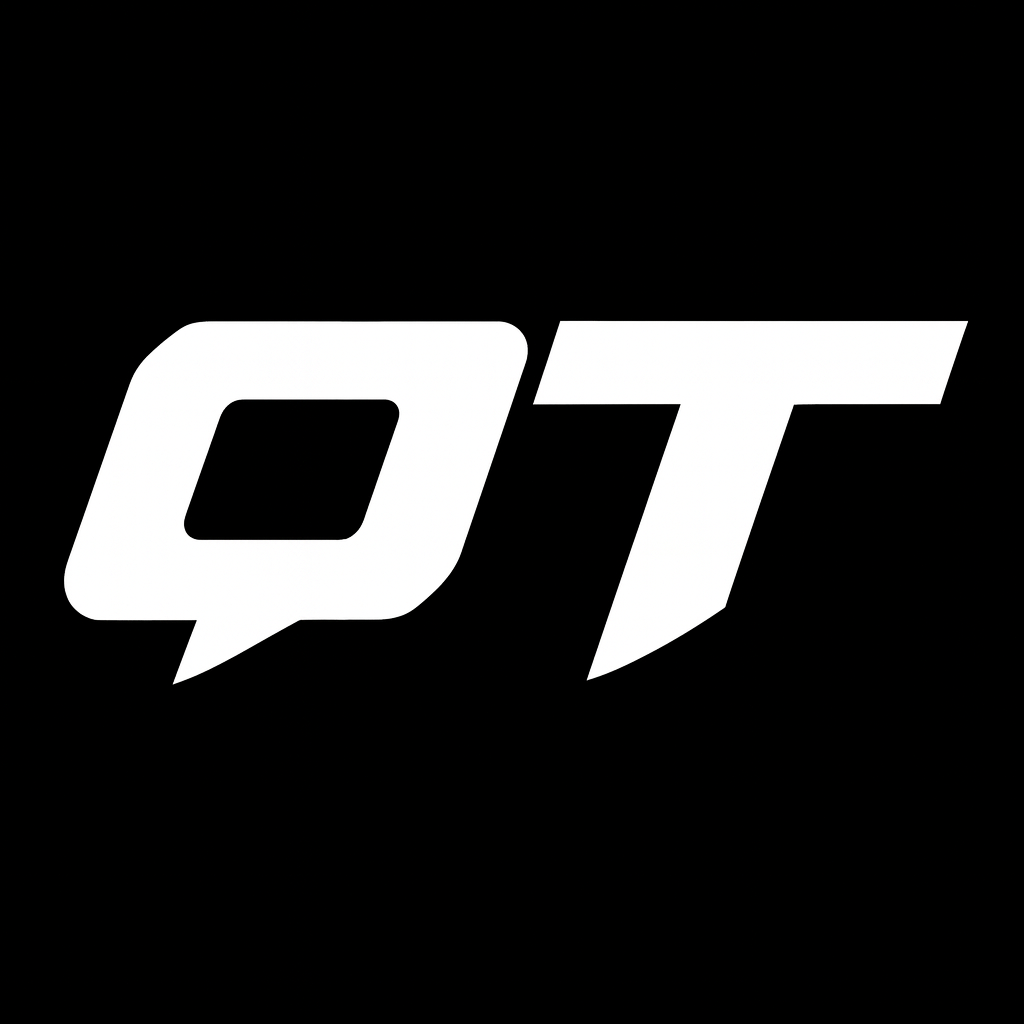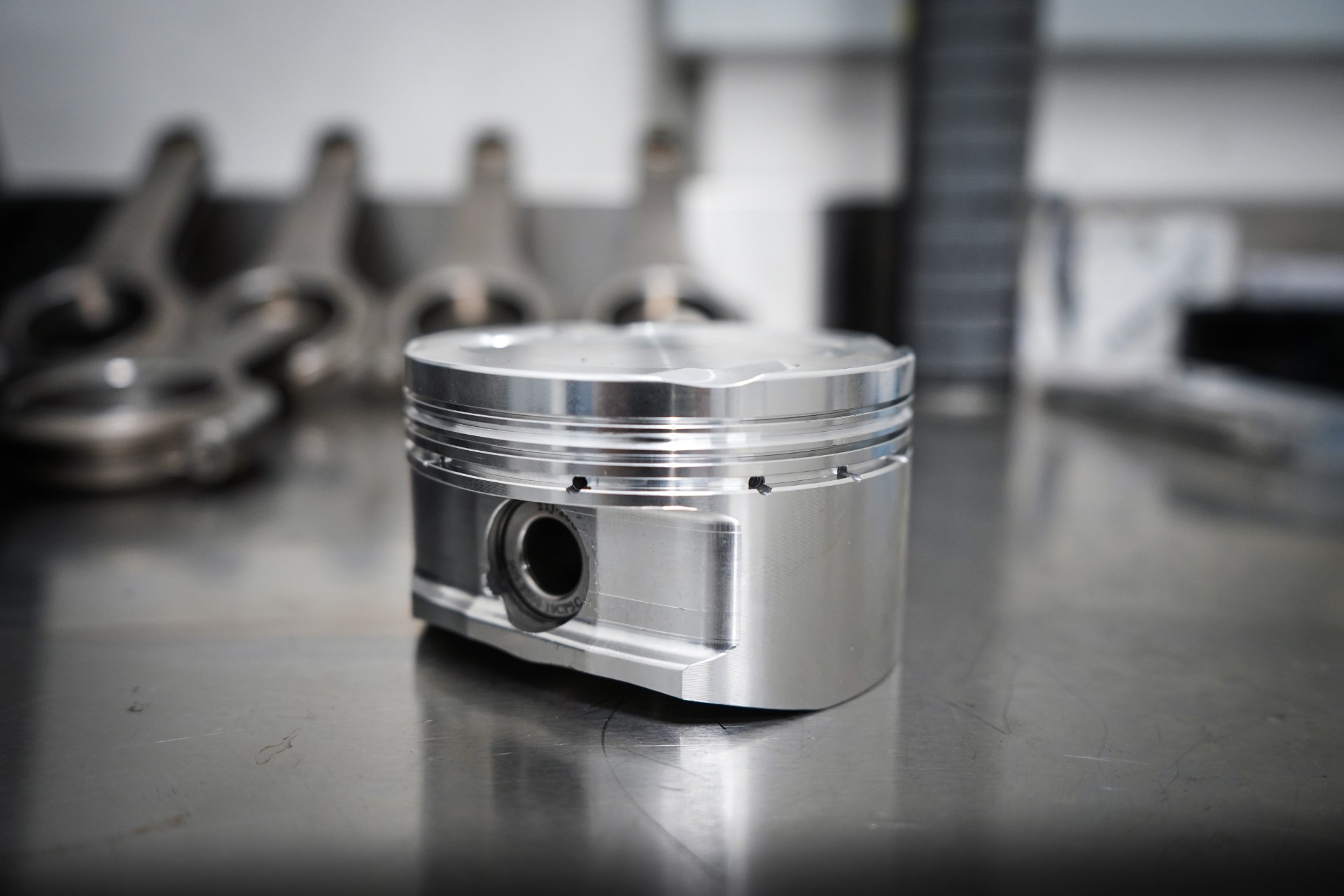Nissan R35 GT-R Forged Engine - Stage 1
Not everyone should be building complex, high-value engines.
Opening the engine and reasons for the rebuild
The engine had previously been built elsewhere, and it had accumulated around 60,000 km. At the turn of the year 2024–2025, it was decided to check the condition of the engine. During the inspection, it became clear that the pistons had cracks, and several pistons were missing pieces. We also noted other findings that reinforced our suspicion that the engine needed to be disassembled.
Additionally, the pistons had been installed with too little clearance for forged pistons, which typically require a larger piston-to-wall clearance. The engine may also have been insufficiently warmed up during use, which increases the risk of damage when running forged pistons.
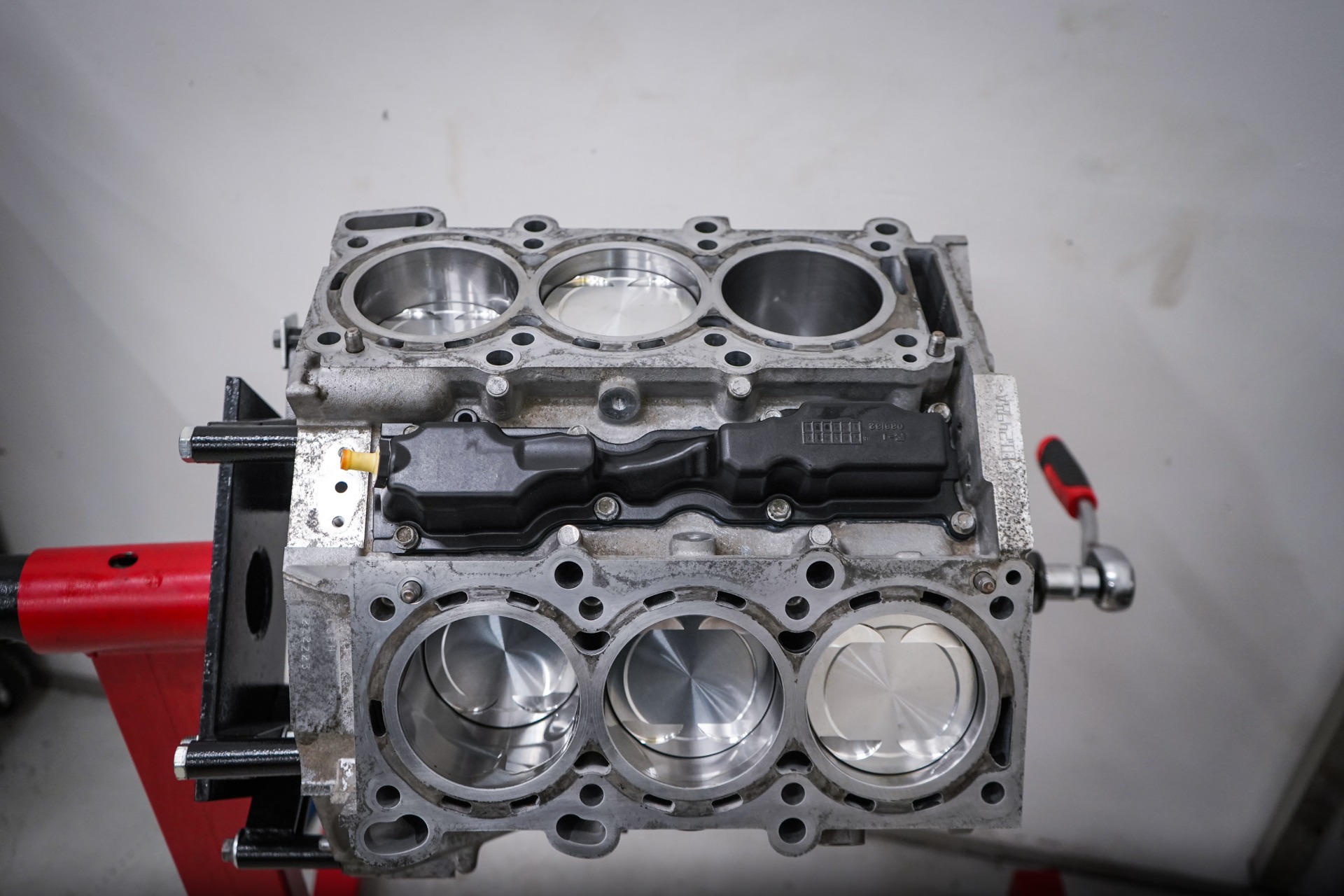
New parts and tolerances
The engine block was cleaned and the cylinders were lightly honed, after which they were measured and matched with appropriate CP forged pistons and Carrillo connecting rods. All clearances were measured and set to suit the intended use.
The engine block was also inspected with regard to the new ARP bolt kit, which requires higher torque values that may distort the main bearing housings. (Tip: a common reason why many built GT-R engines fail.)
Further key considerations included the precision of the bearing clearances and selecting the correct oil viscosity. The oil was changed to a viscosity suitable for these bearing clearances, instead of the previously used (and incorrect) 10W60.
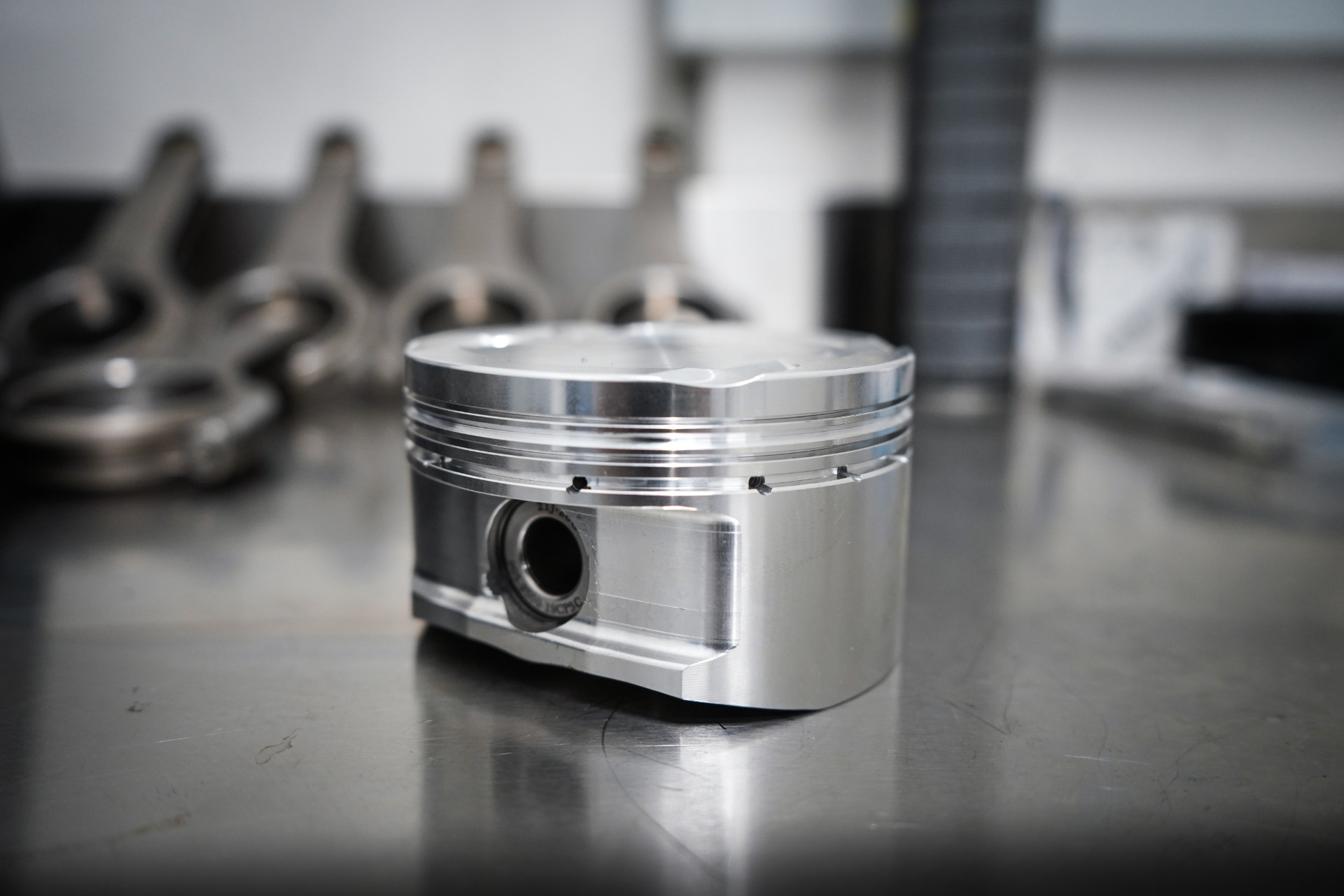
Balancing and valve clearence
The engine balancing was carried out more precisely than before: the pistons, connecting rods, and their combinations were weight-matched to within half a gram. This significantly reduced the vibration that had previously been observed in the engine.
The valve clearances were adjusted by replacing the lifters — in this particular engine, adjustment requires replacing the entire lifter, unlike in some BMW engines, for example.
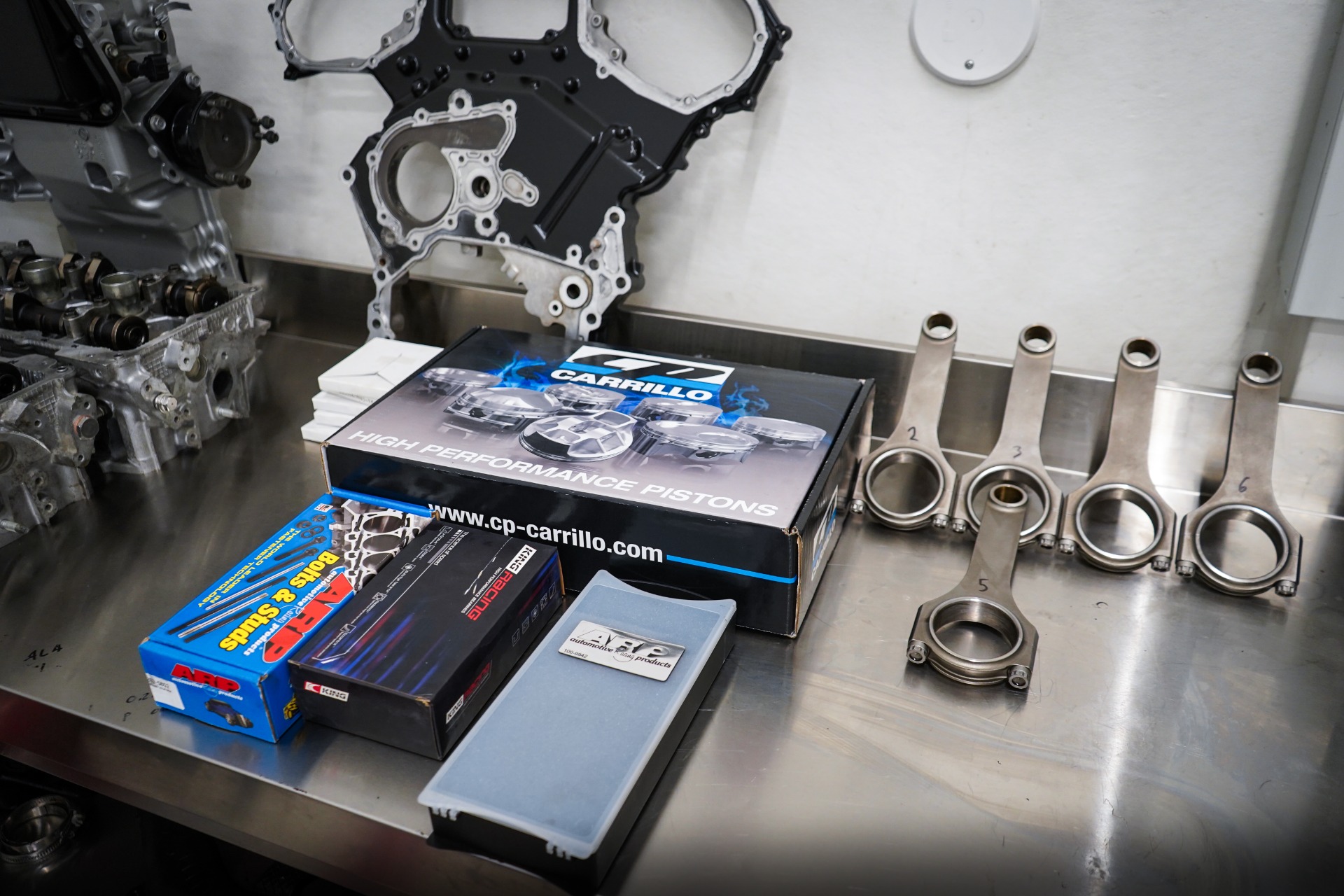
Cylinder head, gaskets and camshafts
The head gaskets were replaced with OEM metal gaskets, and both the head and block surfaces were lightly resurfaced. This introduces a challenge with the timing chain guide alignment, but this was resolved by modifying the locating dowels. The cam gears do not have adjustable settings from the factory, so the timing cannot be altered directly, which can affect cam timing after resurfacing the head and block.
Additional upgrades
-
Charge pipes were replaced with flow-optimized components
-
Radium catch can system
-
Turbochargers serviced
-
Bell housing bearings replaced
-
Front differential serviced (bearings and seals)
-
Injectors inspected
-
Wiring harness renewed and cleaned up
Engine specifications
-
CP pistons
-
Carrillo connecting rods and bolts (torqued by stretch, not by torque value)
-
OEM head gaskets
-
OEM cams, OEM turbochargers
Power figures and durability
Last summer, the car produced 720 hp and 940 Nm. A stock engine would not reliably withstand these numbers, which made the forged engine upgrade a necessity. The story with this car continues toward the 1500 hp range.
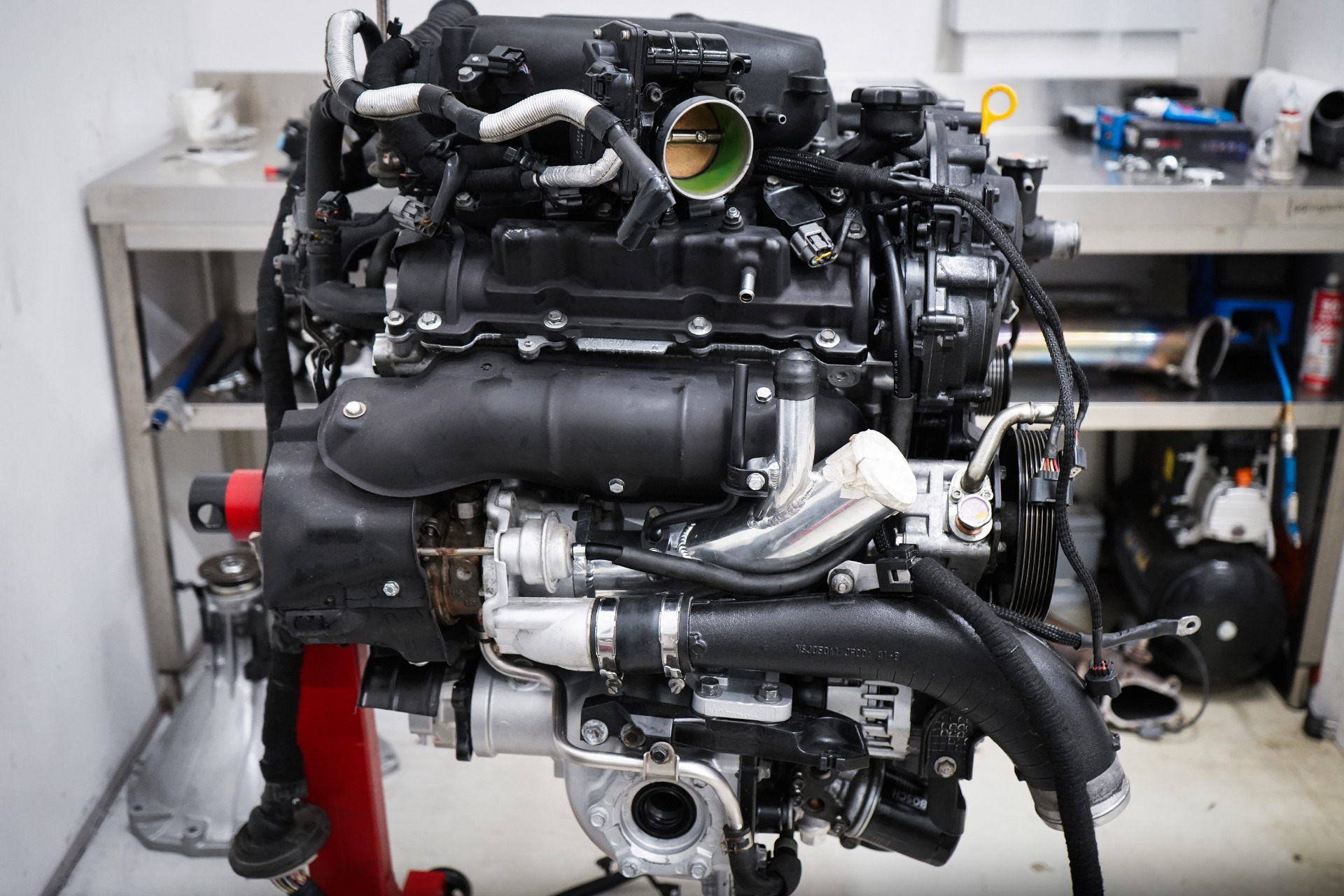
Summary
QT Performance's approach emphasizes precision and well-justified technical choices — especially when the goal is to combine the durability required for both street and track use with high performance. Every component is selected based on exact measurements, documented measurement techniques are preferred, and proven solutions identified through real-world experience are prioritized.
-QT
